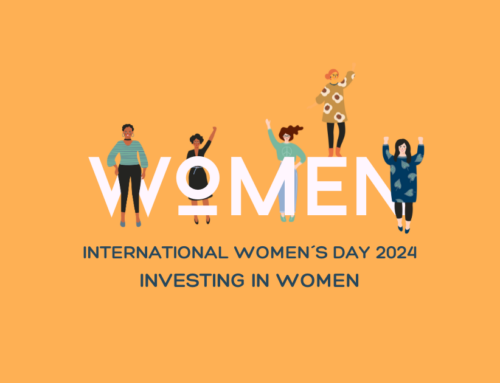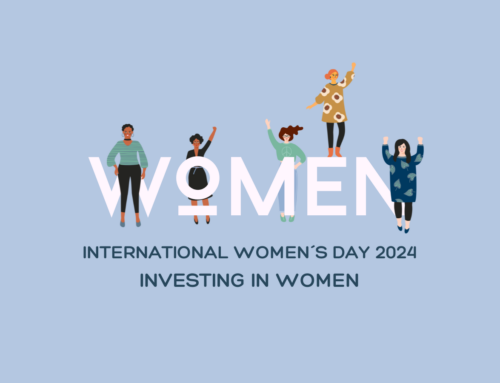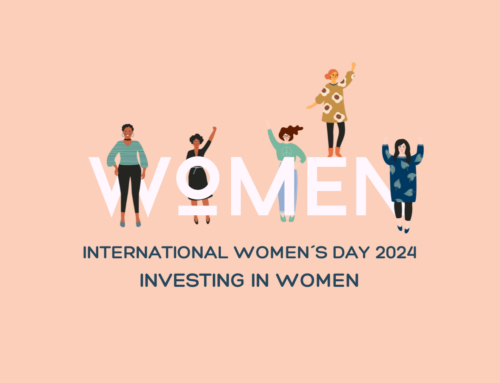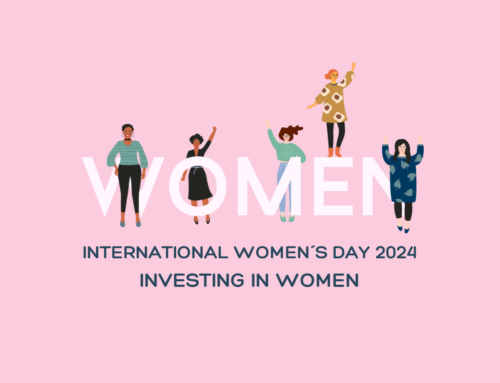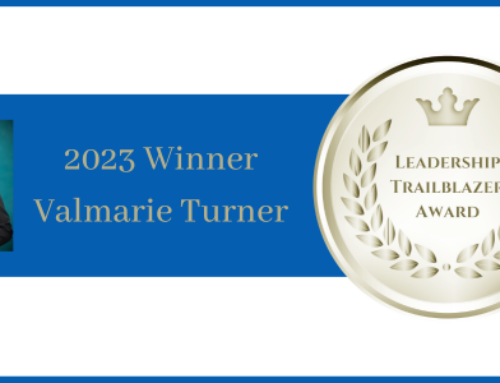Although many organizations have been hiring women aggressively for nearly a generation, the proportion in top positions has only modestly expanded.
By Sally Helgesen, Strategy + Business Blogger
Could differences in how women and men articulate ambition early in their careers play a role in determining what opportunities come their way? This question has been haunting me for the last few weeks as the result of a series of in-depth interviews I’ve been conducting with high-profile female law partners around the U.S. The interviews are part of a larger project aimed at helping firms better understand why successful female partners stay — in contrast to the more frequently pondered question of why they leave. I’m interested in the positive side of the equation. What motivates and inspires women to stick to the arduous path to partnership? What opportunities and relationships may prove pivotal to their wholehearted engagement and success?
Although my study focused specifically on the legal sector, I believe the potential significance of what I’m learning about the articulation of ambition has wider implications. It may in fact help shed light on the conundrum of why women continue to be poorly represented in top leadership positions in organizations in almost every sector.
In the 1990s, it was assumed that simply hiring large numbers of women would eventually right the balance. Once more women were in the pipeline, they would quite naturally rise to the top. But things didn’t turn out that way. Although many organizations have been hiring women aggressively for nearly a generation, the proportion in top positions has only modestly expanded. This disproportion is noticeable in law firms, where with few exceptions women today comprise approximately 18 percent of equity partners, despite firms hiring women at near 50 percent for most of this century. (Here’s the most up-to-date data from the American Bar Association
One of the first interviews I did for the project ignited my curiosity about the role that articulating ambition might play in positioning women for future success. I was speaking with a litigation partner who holds a senior management position in an Am Law top 20 firm and who represents several of the firm’s most significant global clients. Because she graduated from one of the country’s most prestigious law schools, I asked if she’d joined the firm with the intention of making partner.
“Not really,” she responded. “I didn’t really think about it. To start with, I wasn’t sure I’d be with the firm that long. I didn’t know if I’d like the work or if it would suit me. So how could I possibly know if I would want to stay? Basically, I thought of the firm as a good place to launch from.”
Her commitment grew during her first few years because she enjoyed and felt challenged by the work and liked and felt valued by the people she worked with. She also found she was very good at what she did, which made her feel as if she was in the right place. “I got a lot of positive feedback — from clients, judges, and partners I worked with. That really motivated me. I’ve always been motivated by good feedback — it’s why I worked hard to get good grades.”
In other words, it was the actual experience of work that engaged her, rather than the desire to reach a specific goal. “It was never about position,” she said. But by her fifth year with the firm, she very much wanted to be partner, both because she knew she could do it and because she wanted to be acknowledged for doing high-quality work. She recognized that her wait-and-see-if-I-like-it approach contrasted with the attitude of many of her male colleagues, who broadcast their determination to make partner from the day they arrived.
Submitted by Jan Perkins, ICMA Senior Advisor and reposted from Strategy + Business, May edition.
_____
Sally Helgesen is an author, speaker, and leadership development consultant, whose most recent book is The Female Vision: Women’s Real Power at Work (with Julie Johnson; Berrett-Koehler, 2010).



